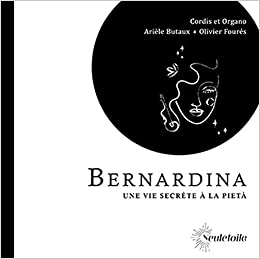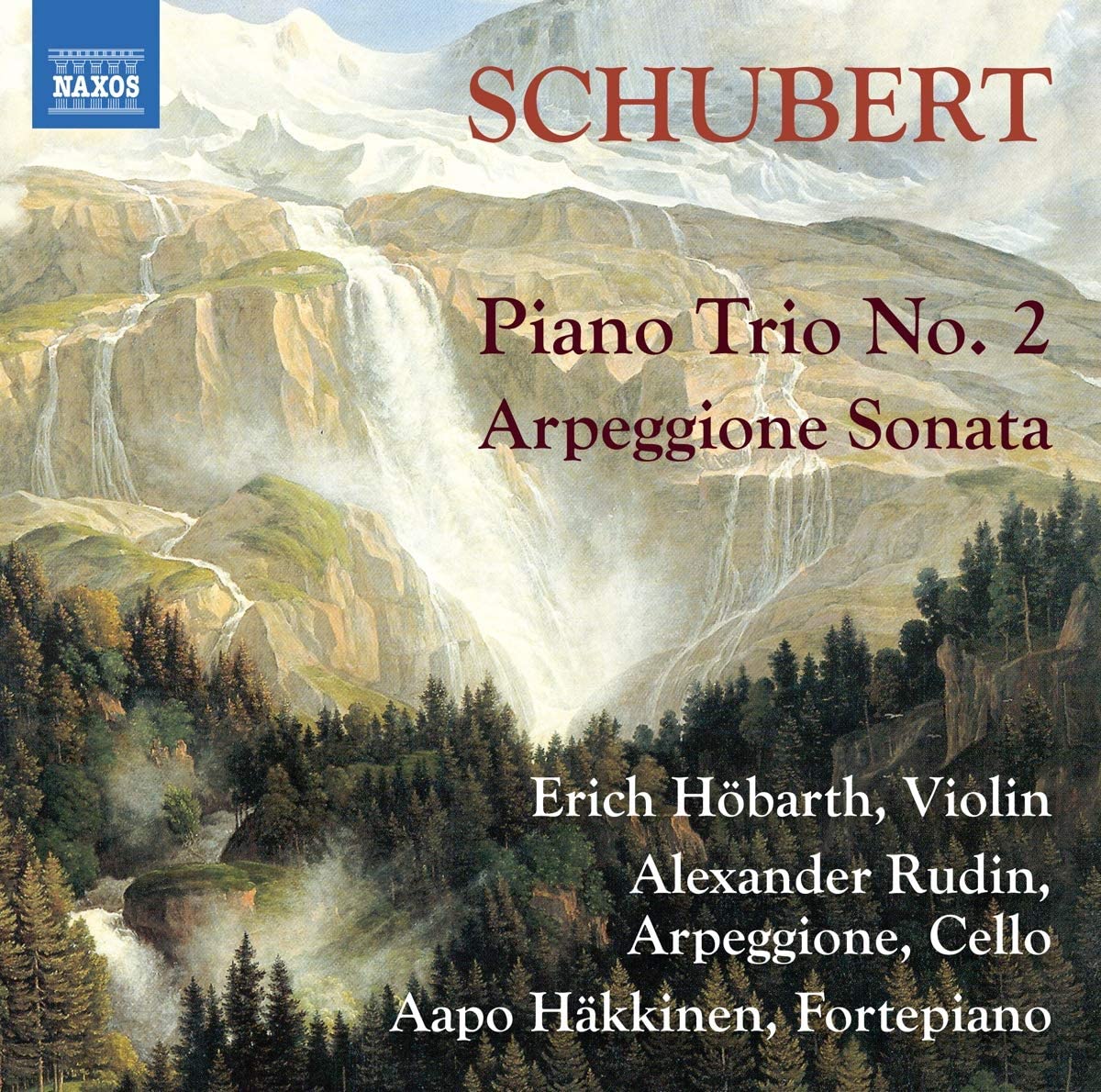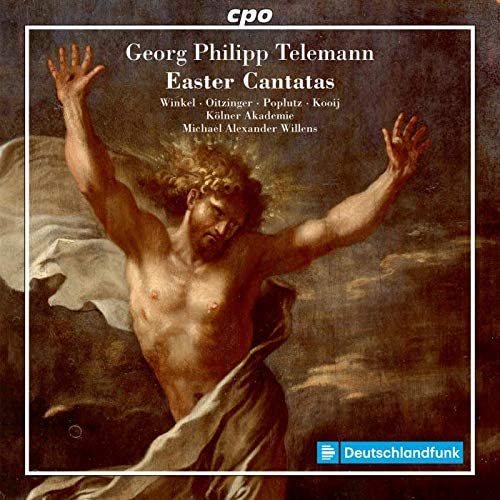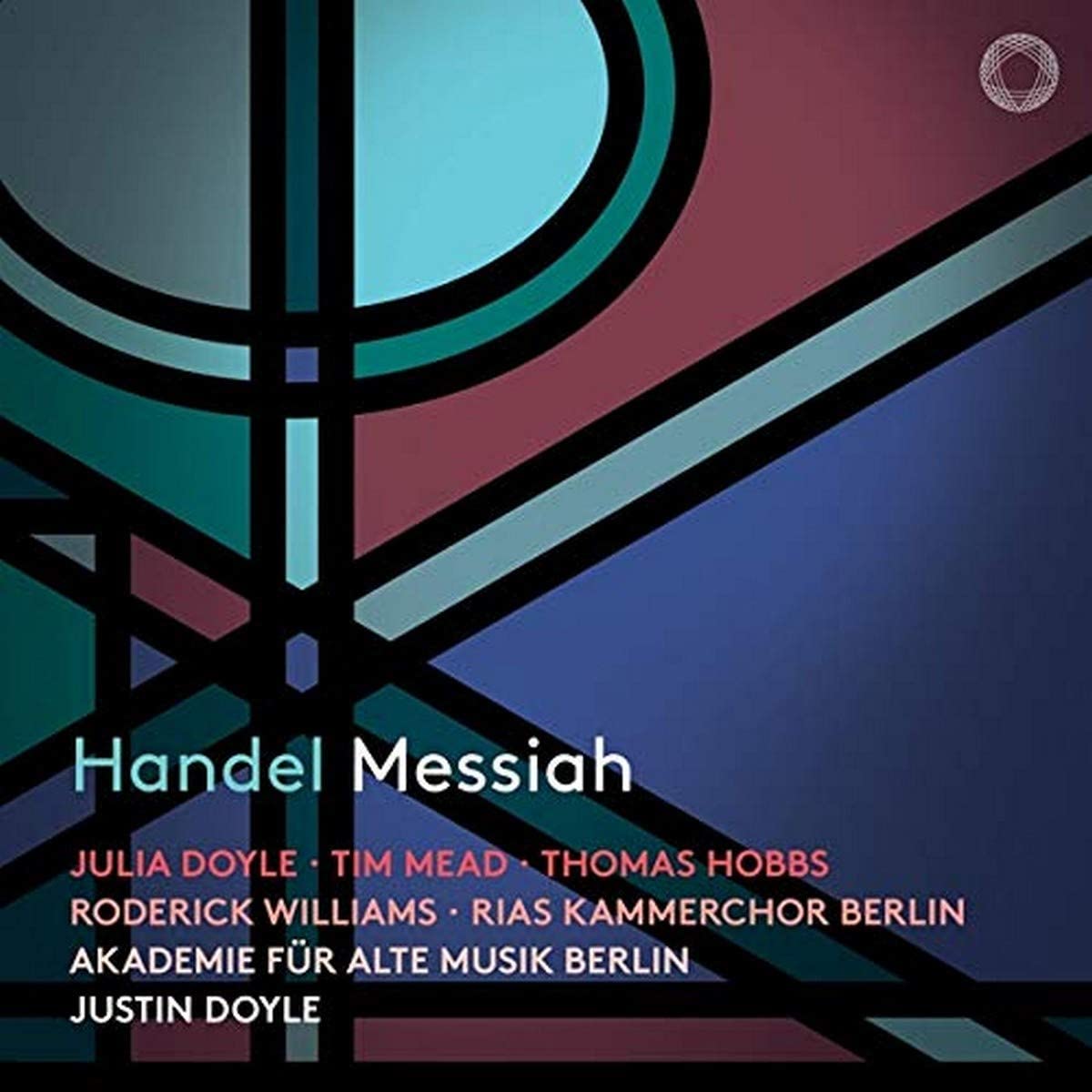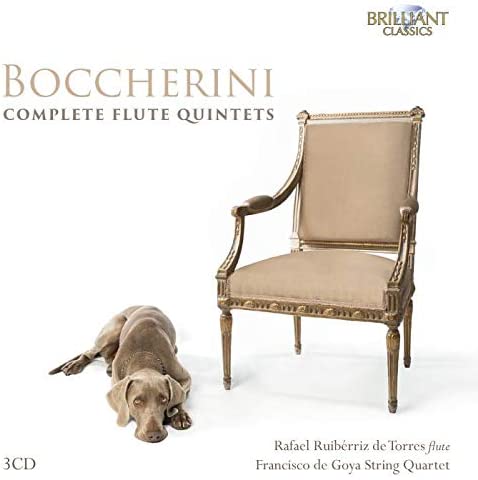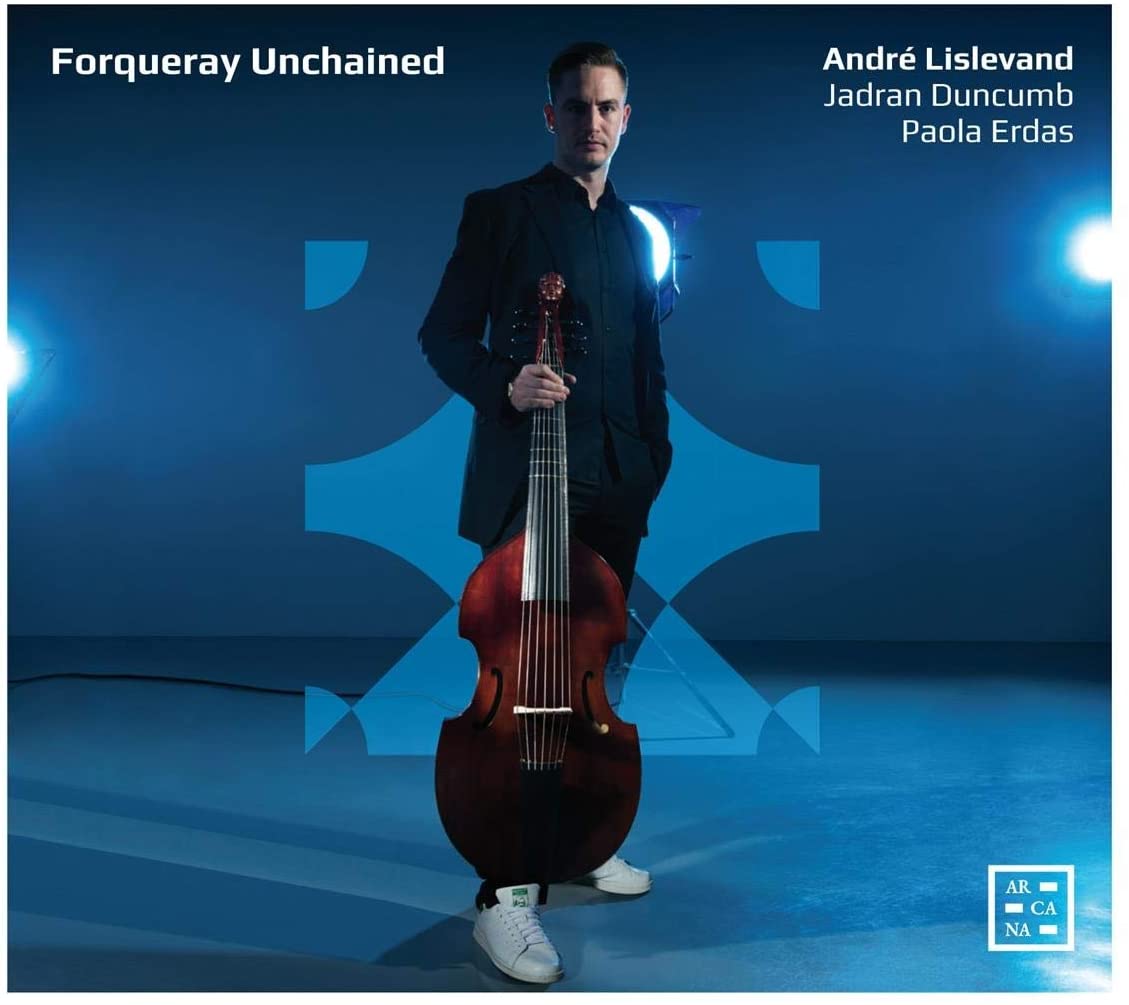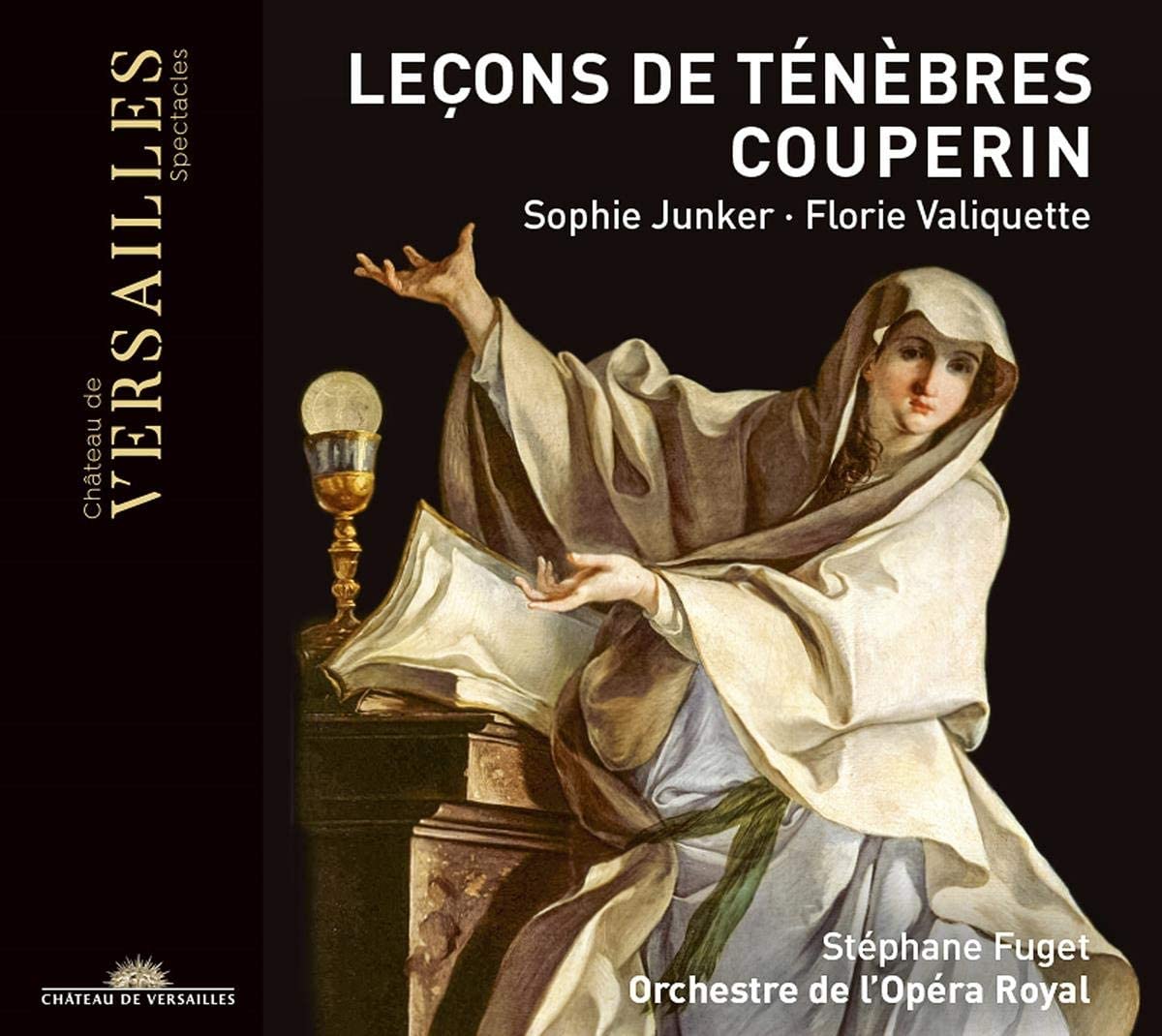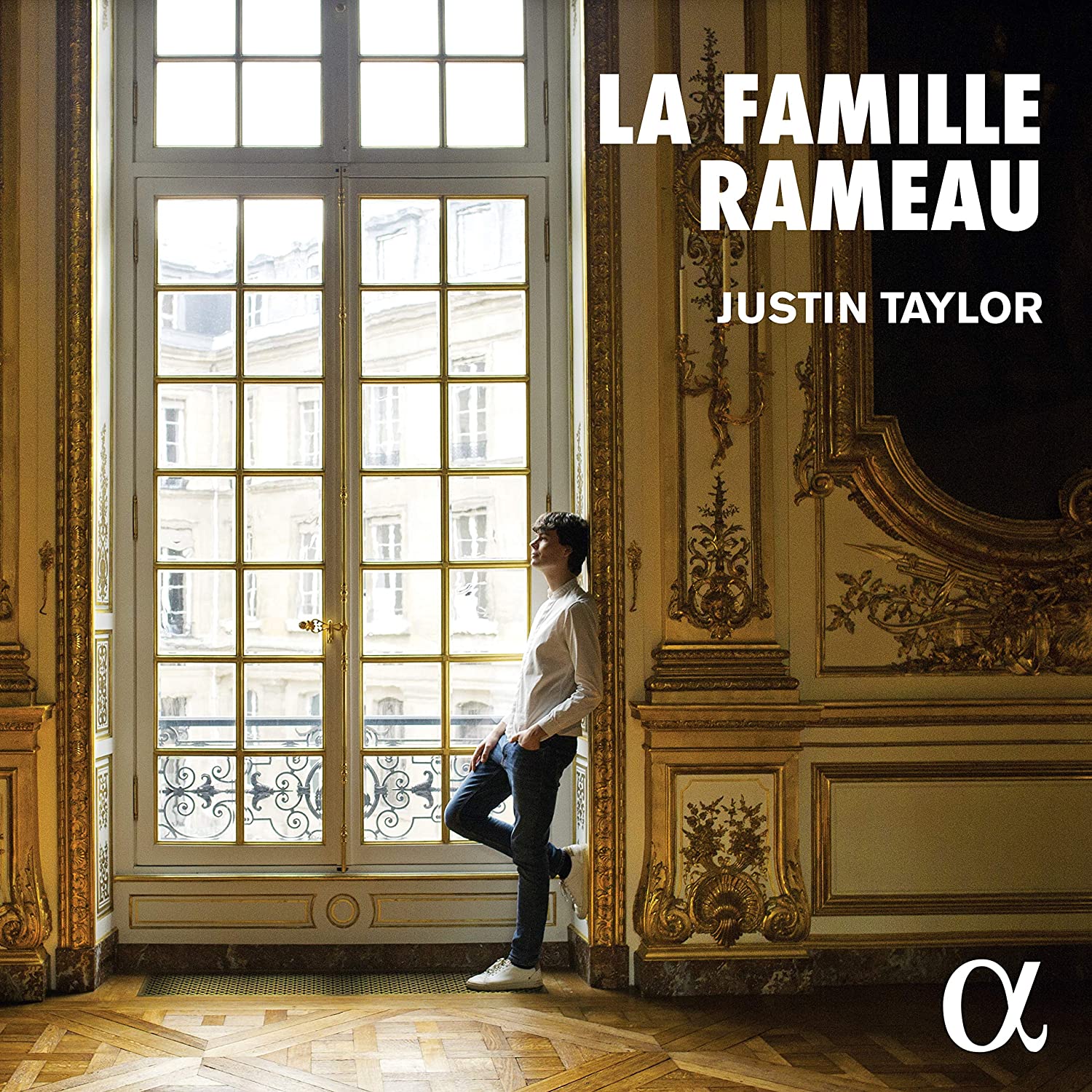A novel (in French) by Arièle Butaux with a historical postlude by Olivier Fourés, and a CD of Venetian music
Collectif Cordis & Organo
64:00
Seuletoile SE 03
Click HERE to buy this on amazon.co.uk
[These sponsored links help the site remain alive and FREE!]
Described as a ‘Livre-disque’, this is a short story set in Vivaldi’s ospedale in1741. There are supporting essays about this institution, its activities and the main characters in the story (all in French only), and tucked away at the back is a CD of chamber and keyboard music that includes attractive pieces by less well-known figures such as Gasparini and Laurenti, as well as Vivaldi and Albinoni. Where to shelve the package may be an issue for some, as it is significantly larger than a standard CD case but significantly smaller than any book I currently have within reach.
The recording was made in a Swiss church that boasts a 1786 organ and we hear this both as a soloist and used for the continuo – sometimes without a melodic instrument on the bass line. (In fact, we hear all three players together only in the opening and closing works.) This is a welcome and effective sonority, not least because the organ sound is so much richer than the ‘continuo boxes’ we usually encounter. The cello sonata by Benedetto Marcello, with organ only, is lovely and a further cello sonata (Vivaldi) with harpsichord only is also effective.
One small presentational issue clouds what is overwhelmingly a sunny musical picture. Here and there the gaps between movements and/or works feel slightly uncomfortable in their length. In a live context, this matter cannot always be artist-led, of course, but on CD . .?
I will leave comment on the literary merits of the story to those more qualified, but I certainly enjoyed its musical complement.
David Hansell
